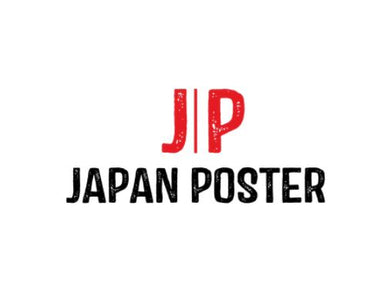Why you need a Japanese 007 poster (and what to look for)
 Japan’s James Bond posters offer a different visual language—part pop art, part pulp collage, part calligraphy. The results are playful, occasionally surreal, and frequently more adventurous than their Western counterparts; as Esquire quipped, “You need a Japanese James Bond poster on your wall, stat.”
Japan’s James Bond posters offer a different visual language—part pop art, part pulp collage, part calligraphy. The results are playful, occasionally surreal, and frequently more adventurous than their Western counterparts; as Esquire quipped, “You need a Japanese James Bond poster on your wall, stat.”

A quick timeline: 1962 → 1967 (we have much more on the site 🙇🏻)
Bond’s big‑screen saga begins with Dr. No (1962). In Japan, the film opened in 1963 under the title 「007は殺しの番号」 before later reissues adopted 「007/ドクター・ノオ」—a useful clue when dating posters.
Our series runs through 「007/ムーンレイカー」 (1979), the 11th Eon entry that famously launched Bond into space for the late‑’70s sci‑fi boom.
Format primer (collectors’ essentials)
• B2 (about 51 × 73 cm) is the workhorse theatrical size in Japan—what most fans picture when they think “Japanese movie poster.”
• STB (about 51 × 146 cm) is a tall two‑sheet meant for stacked display—dramatic on a wall and far scarcer than B2.
• B1/B0 scale up; true billboards (multi‑sheet or shop‑mounted) are ultra‑rare survivors from street promotion.

Design DNA
Japanese 007 sheets often swap the single “hero image” for busy storytelling: multiple stills or painted vignettes, vertical type, oversized kanji/kana, and bright blocks of color. As the series moved into the 1970s, Japanese campaigns leaned into spectacle—Moonraker’s materials commonly featured Dan Goozee’s artwork to telegraph “Bond in space.”
What we stock (and why rarity matters)
Over the years we’ve handled everything from B2s across the Connery/Moore eras to STBs, B0s, and the almost‑unheard‑of billboards. Early titles are toughest at large sizes; in fact, the Dr. No billboard we handled was exhibited by Japan’s national film museum and is believed to be the only known copy—a reminder that street‑used Japanese advertising rarely survived intact.
 Dating tips for Dr. No
Dating tips for Dr. No
If your poster reads 「007は殺しの番号」, you’re likely looking at first‑release materials; if it reads 「007/ドクター・ノオ」, you’re likely holding a re‑release (Japan widely used the revised title from 1972 onward). Cross‑check with layout, printer marks, and distribution credits.
Why collectors chase Japanese 007
1. Design: a distinct, culturally hybrid aesthetic that complements Western campaigns rather than duplicating them. 2) Formats: unique sizes (especially STB) that frame brilliantly. 3) Scarcity: Japan’s theatre‑used posters were tools, not souvenirs; large formats and billboards were commonly discarded. 4) Institutional respect: galleries and magazines continually spotlight these designs—driving global demand.
This post begins with Dr. No—Japan’s first Bond release (1963)—and will expand as you swipe to later titles through Moonraker (1979). For Moonraker, expect the unmistakable space motif; for the Connery era, look for the early Japanese title and bold red type. 
⸻
Everything shown is original theatrical material. We’ve graded, photographed, and documented each poster; many B2s are excellent display pieces, while STBs/B0s/billboards are trophy‑level rarities.


